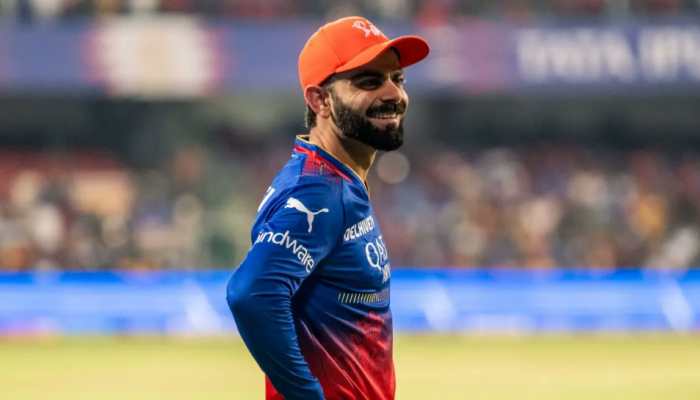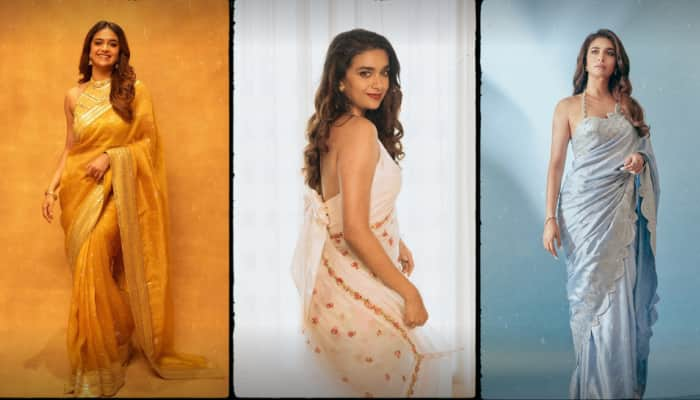Delhi slum dancers revive a sub-culture
It`s hard to imagine that a small room in a dingy lane is the training ground for young talent from nearby slums who are on their way to becoming B-Boys (Break Boys) who perform the Breaking or B-boying street dance genre.
Trending Photos
)
New Delhi: It`s hard to imagine that a small room in a dingy lane is the training ground for young talent from nearby slums who are on their way to becoming B-Boys (Break Boys) who perform the Breaking or B-boying street dance genre.
As one enters the room in the Khirki urban village in South Delhi after climbing steep and dark stairs, one is greeted by sounds of laughing, screaming and hooting. The Slumgods of Tiny Drops, as the group is known, are celebrating.
Harvinder Singh, a 16-year-old, also known as B-boy Lala of Tiny Drops, loves to hop on to the tips of his sneakers.
"I love listening to Eminem, I want to learn more, I love dancing, it`s been more than a year that I`m with Tiny Drops. I want to learn beat boxing too," Harvinder said.
This hip-hop community centre in Delhi has a branch in the Dharavi slum in Mumbai. The group was started two years ago by Heera and Radhika in Delhi and was taken further by Akash, aka Aaku.
"We all are Slumgods, all of us, a hip-hop crew. We started as B-boys and MCs (mike controller who hosts and raps) from Los Angeles, and now we are spread out in India. This is our family and Wazzuu is like an older brother to all of us, and to lots of other local B-boys from local hood," Heera (29), who is from Gurdaspur in Punjab and grew up in New York, told IANS.
Asked who coined the term Slumgods, Heera explained: "I didn`t come up with the idea of slumgods. The person who hit the universally popular term is someone else. It`s a long story...I was with Akash, Aaku from Dharavi; when we saw `Slumdog Millionaire` he said Mein Kutta Nahin Hun (I`m not a dog); so that`s the idea, it`s not a new thing."
The group allows underprivileged children to practise, learn and innovate on hip hop.
Though they have no formal education, the children are adaptive and do beatboxing - a form of vocal percussion involving the art of producing drum beats, rhythm, and musical sounds using one`s mouth, lips, tongue and voice. They can also rap.
B-boying culture originated as a part of hip-hop among African American and Latino groups in New York during the early 1970s. Those who follow the style are called B-boy, B-girl or a breaker. A Mike Controller (MC) raps and hosts the show.
"It`s a huge thing since 1981, from the time of Bombay heroes like Mithun Chakaroborty and Govinda... And what happens in a baraat (Indian wedding) is that people dance on the streets... the dance form is there, but people don`t notice it," said Heera.
"I think people learn from many cultures, like you can learn dance from African culture, which also gives you a chance to learn about their tradition. Similarly, yoga is from India but is now globally known," he added.
Though the group is growing, finding funds and finances for the crew is still a big struggle.
Courtesy the Internet, B-boying has gained immense popularity all across the country with small children embracing it as a new sub-culture. B-Boy imagery has also undergone a change with the early big daddies being replaced by a skinny jeans look with fat gold chains.
"It`s getting huge. It`s everywhere; there are around 1,500 B-boys and B-girls in Mumbai and more than 800 in Delhi," Heera said.
The group performed at the India Africa event in the capital to celebrate Africa Day on May 25. At the event, the Slumgods wowed the audiences by adapting modern Afro flavour, blending hip-hop steps with Congo`s Makossa, a traditional dance performed by the band Rio Des Djika from the Democratic Republic of Congo, and performing on "Desh Mera" from the movie "Peepli Live" along with the Indian Ocean band.
IANS
Stay informed on all the latest news, real-time breaking news updates, and follow all the important headlines in india news and world News on Zee News.
Advertisement
Live Tv
Advertisement







)
)
)
)
)
)
)
)
)
)
